As we move into 2025, the software development landscape continues to evolve at a rapid pace, driven by technological advancements, changing user expectations, and emerging industry needs. Staying ahead of the curve requires a keen awareness of the trends shaping the future of software development. This article explores the key trends to watch in 2025, offering insights into how these trends will influence the way software is designed, developed, and deployed.

1. Artificial Intelligence and Machine Learning Integration
AI-Powered Development Tools
Artificial Intelligence (AI) and Machine Learning (ML) are becoming integral parts of the software development process. AI-powered development tools are revolutionizing how developers write, test, and maintain code. These tools can automate routine tasks, provide intelligent code suggestions, and even predict potential bugs before they occur. In 2025, we can expect wider adoption of AI-powered Integrated Development Environments (IDEs) that enhance developer productivity and code quality.
ML-Driven Personalization
ML algorithms are being increasingly used to deliver personalized user experiences. In 2025, software products will leverage ML to analyze user behavior and preferences in real-time, providing tailored content, recommendations, and functionalities. This trend will enhance user satisfaction and engagement, making software applications more intuitive and responsive to individual needs
2. Low-Code and No-Code Platforms
Accelerated Development
Low-code and no-code platforms have gained significant traction over the past few years, and their popularity will continue to rise in 2025. These platforms enable developers and non-developers alike to create applications with minimal coding knowledge, using visual interfaces and pre-built components. This trend accelerates the development process, reduces time-to-market, and allows organizations to quickly respond to changing business requirements.
Democratizing Software Development
The rise of low-code and no-code platforms is democratizing software development, empowering business users and subject matter experts to contribute to the development process. This trend fosters greater collaboration between technical and non-technical teams, leading to more innovative solutions and a better alignment of software with business goals.
3. DevOps and Continuous Delivery
DevOps Evolution
DevOps practices have become a cornerstone of modern software development, emphasizing collaboration, automation, and continuous improvement. In 2025, DevOps will continue to evolve, with an increased focus on AI-driven automation, security integration (DevSecOps), and advanced monitoring and analytics. These advancements will enable organizations to deliver high-quality software faster and more reliably.
Continuous Delivery and Deployment
Continuous Delivery (CD) and Continuous Deployment (CD) practices are set to become even more prevalent in 2025. These practices ensure that code changes are automatically tested, integrated, and deployed to production environments, reducing the risk of errors and accelerating the release cycle. The adoption of CD/CD pipelines will drive greater efficiency and agility in software development, allowing teams to respond swiftly to market demands.

4. Edge Computing and IoT Integration
Edge Computing
Edge computing is transforming how data is processed and analyzed, bringing computation closer to the source of data generation. In 2025, edge computing will play a crucial role in software development, particularly in applications involving the Internet of Things (IoT). By processing data locally on edge devices, developers can reduce latency, enhance real-time decision-making, and improve the performance of IoT applications.
IoT Integration
The integration of IoT devices with software applications will continue to expand in 2025. Developers will increasingly leverage IoT data to create smart and connected solutions across various industries, including healthcare, manufacturing, and smart cities. This trend will drive the development of more sophisticated and responsive software systems that interact seamlessly with a growing ecosystem of IoT devices.
5. Enhanced Cybersecurity Measures
Zero Trust Architecture
With the increasing frequency and sophistication of cyberattacks, cybersecurity remains a top priority for software developers. In 2025, the adoption of Zero Trust Architecture (ZTA) will gain momentum. ZTA is a security model that assumes no entity, whether inside or outside the network, is trusted by default. It enforces strict access controls and continuous verification of users and devices, minimizing the risk of breaches and unauthorized access.
AI-Driven Security
AI and ML technologies are being harnessed to enhance cybersecurity measures. In 2025, we will see more AI-driven security solutions that can detect and respond to threats in real-time. These solutions will analyze vast amounts of data to identify patterns, anomalies, and potential vulnerabilities, enabling proactive threat mitigation and robust defense mechanisms.

6. Blockchain Technology
Decentralized Applications
Blockchain technology is poised to revolutionize software development by enabling the creation of decentralized applications (dApps). In 2025, we can expect increased adoption of blockchain for various use cases, including secure transactions, supply chain management, and identity verification. Decentralized applications offer enhanced transparency, security, and trust, making them attractive solutions for industries that require tamper-proof and auditable systems.
Smart Contracts
Smart contracts, self-executing contracts with the terms directly written into code, will become more prevalent in 2025. These contracts automate and enforce agreements without the need for intermediaries, reducing costs and increasing efficiency. Developers will leverage smart contracts to build innovative solutions in finance, real estate, healthcare, and beyond.
7. Augmented Reality (AR) and Virtual Reality (VR)
Immersive User Experiences
Augmented Reality (AR) and Virtual Reality (VR) technologies are reshaping how users interact with software applications. In 2025, we will witness more widespread adoption of AR and VR to create immersive user experiences in gaming, education, training, and remote collaboration. These technologies offer new dimensions of interactivity and engagement, making software applications more dynamic and impactful.
AR/VR Development Tools
The availability of advanced AR/VR development tools and platforms will drive innovation in this space. Developers will have access to powerful frameworks and libraries that simplify the creation of AR/VR experiences. This trend will lower the barrier to entry and enable a broader range of applications to incorporate AR and VR features.
8. Quantum Computing
Quantum-Enhanced Algorithms
Quantum computing, though still in its early stages, holds immense potential for solving complex problems that are beyond the capabilities of classical computers. In 2025, we will see advancements in quantum-enhanced algorithms that leverage the unique properties of quantum mechanics to tackle challenges in cryptography, optimization, and simulation. While practical quantum computing is still on the horizon, its impact on software development is set to grow.
Quantum Development Tools
As quantum computing technology matures, the availability of quantum development tools and programming languages will increase. Developers will be able to experiment with quantum algorithms and integrate quantum capabilities into their applications. This trend will pave the way for groundbreaking innovations in fields such as drug discovery, materials science, and financial modeling.
9. Human-Centered Design
User-Centric Approach
Human-centered design will remain a central focus in software development in 2025. This approach emphasizes understanding users' needs, behaviors, and pain points to create intuitive and user-friendly applications. By prioritizing empathy and user research, developers can design solutions that resonate with users and provide meaningful experiences.
Inclusive Design
Inclusive design, which aims to create products that are accessible and usable by people with diverse abilities, will gain prominence. In 2025, more software developers will adopt inclusive design principles to ensure their applications are accessible to everyone, including individuals with disabilities. This trend will contribute to greater digital inclusivity and equity.
10. Sustainability in Software Development
Green Software Engineering
Sustainability will be a key consideration in software development practices in 2024. Green software engineering focuses on minimizing the environmental impact of software products by optimizing energy efficiency, reducing resource consumption, and promoting sustainable practices. Developers will be encouraged to design and build software that aligns with environmental goals and reduces the carbon footprint.
Sustainable Development Practices
Organizations will increasingly adopt sustainable development practices, such as using energy-efficient data centers, optimizing code for lower power consumption, and implementing eco-friendly deployment strategies. These practices not only benefit the environment but also enhance the overall efficiency and cost-effectiveness of software development processes.
Staying ahead in the fast-evolving software development landscape requires embracing emerging trends like AI, low-code platforms, and sustainable practices to create innovative, user-centric solutions.
Conclusion
As we look ahead to 2025, the future of software development is characterized by exciting advancements and transformative trends. The integration of AI and ML, the rise of low-code and no-code platforms, the evolution of DevOps, and the proliferation of edge computing and IoT are set to redefine how software is created and delivered. Enhanced cybersecurity measures, blockchain technology, AR/VR, quantum computing, human-centered design, and sustainability will further shape the software development landscape.
By staying abreast of these trends, developers and organizations can harness the full potential of emerging technologies, create innovative solutions, and build successful software products that meet the evolving needs of users and businesses. The future of software development promises to be dynamic, inclusive, and sustainable, driving progress and innovation across industries.
Heading 1
Heading 2
Heading 3
Heading 4
Heading 5
Heading 6
Lorem ipsum dolor sit amet, consectetur adipiscing elit, sed do eiusmod tempor incididunt ut labore et dolore magna aliqua. Ut enim ad minim veniam, quis nostrud exercitation ullamco laboris nisi ut aliquip ex ea commodo consequat. Duis aute irure dolor in reprehenderit in voluptate velit esse cillum dolore eu fugiat nulla pariatur.
Block quote
Ordered list
- Item 1
- Item 2
- Item 3
Unordered list
- Item A
- Item B
- Item C
Bold text
Emphasis
Superscript
Subscript








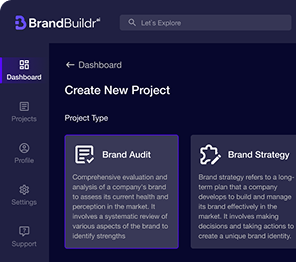
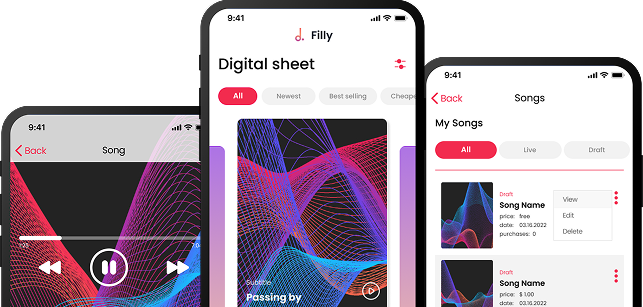


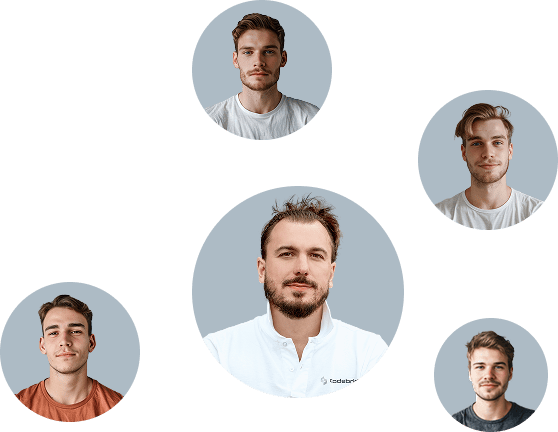






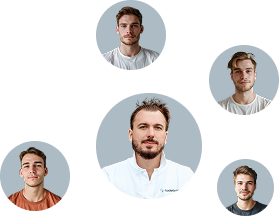
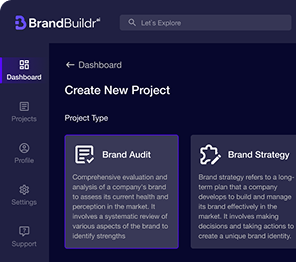
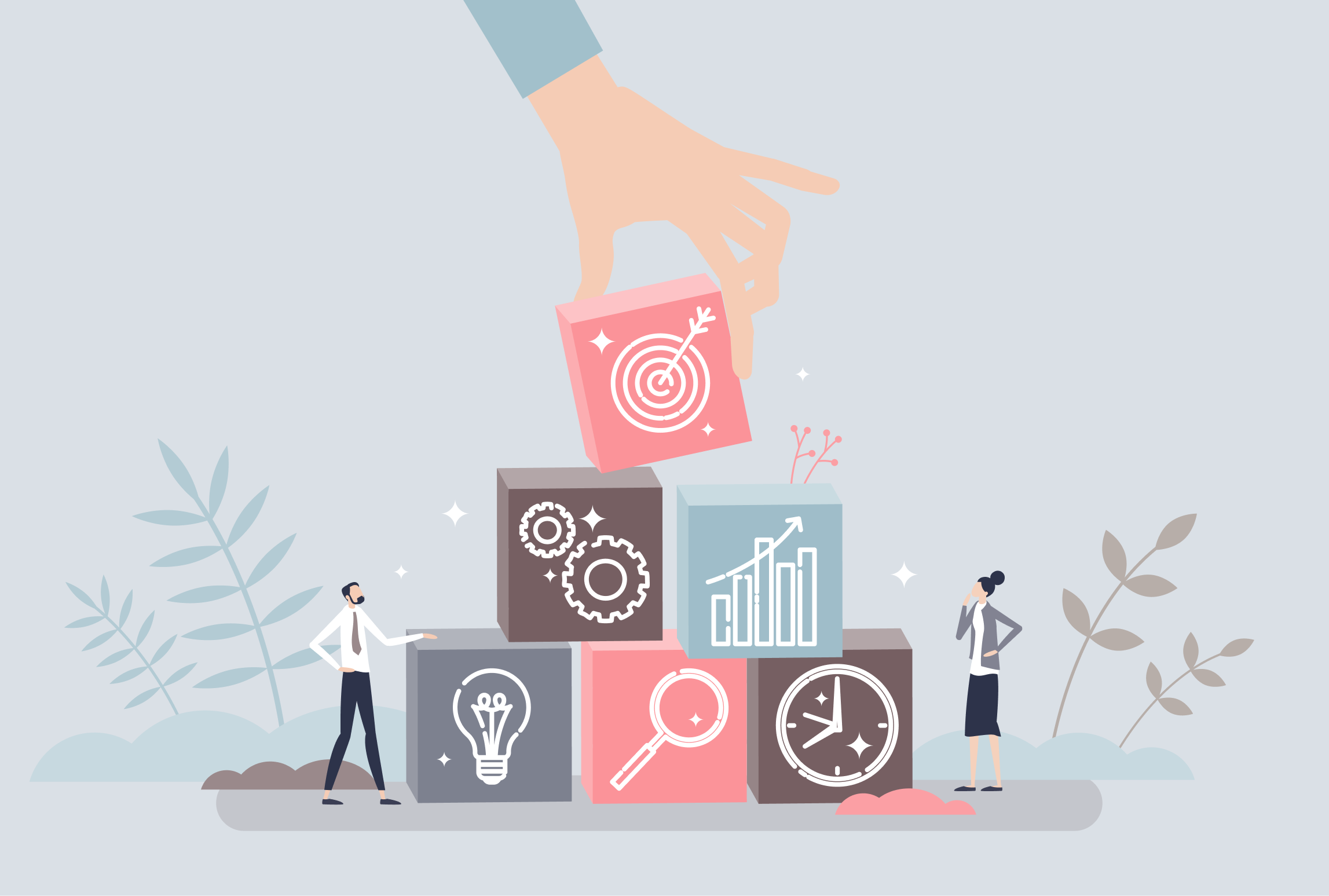
.avif)


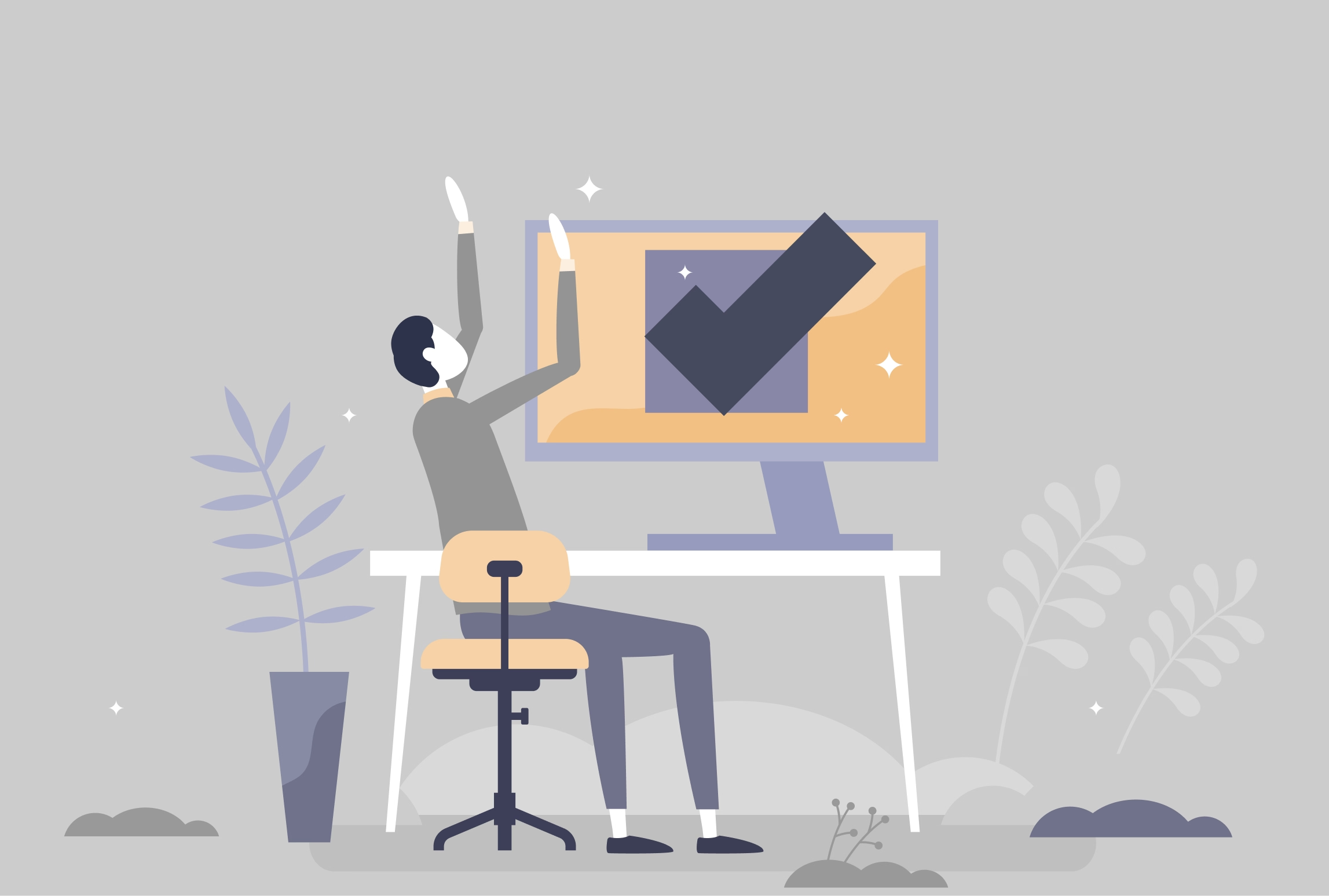
.avif)
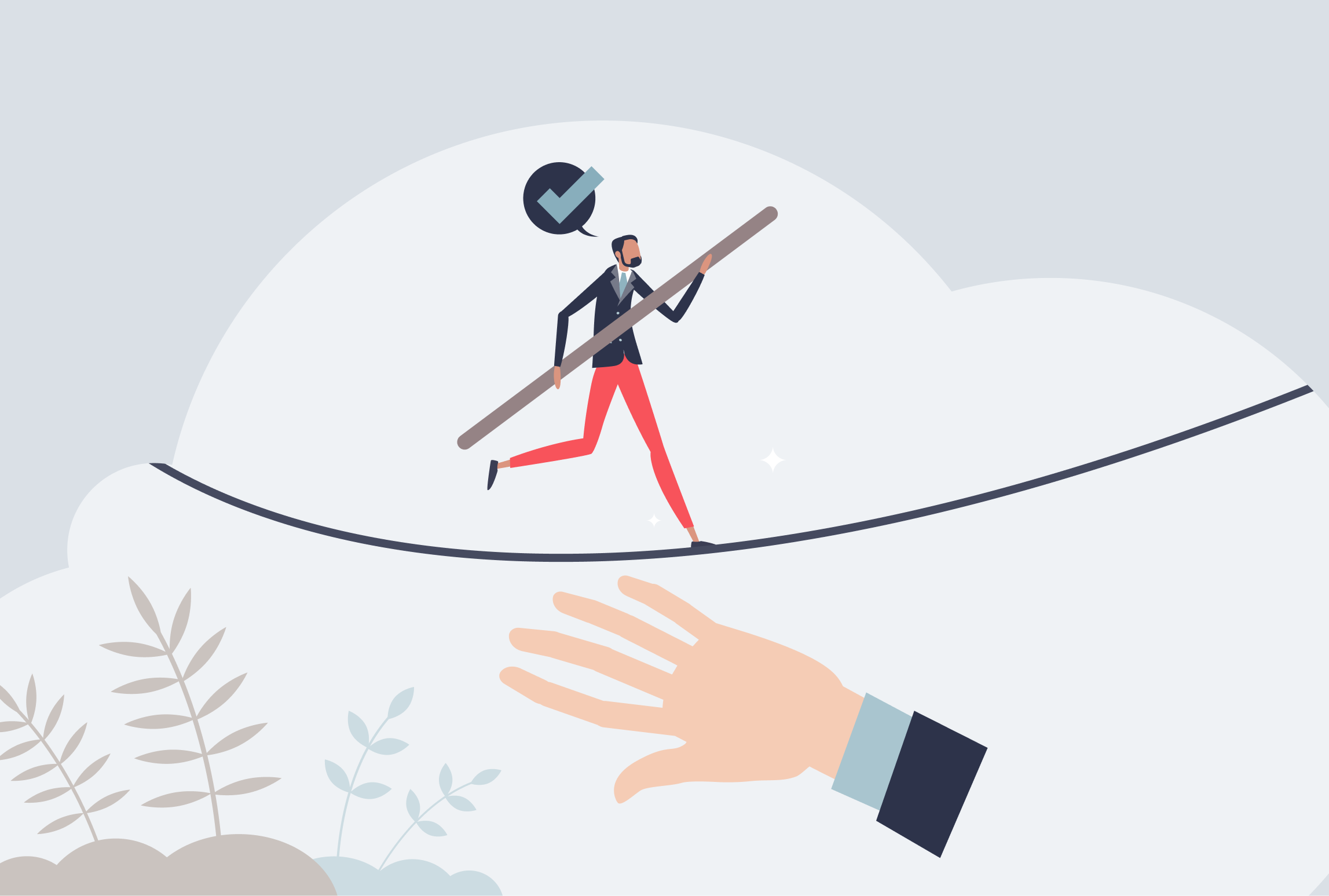
.avif)


